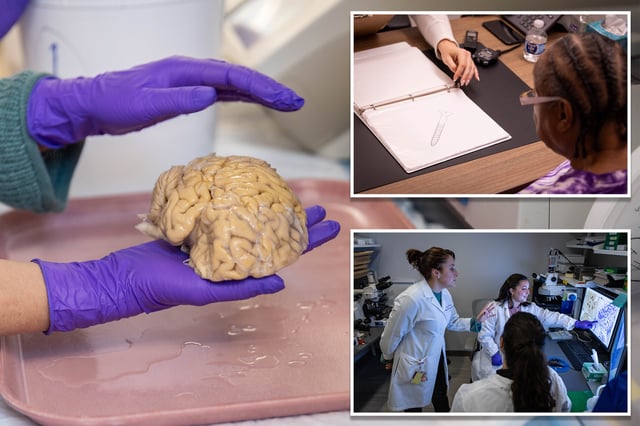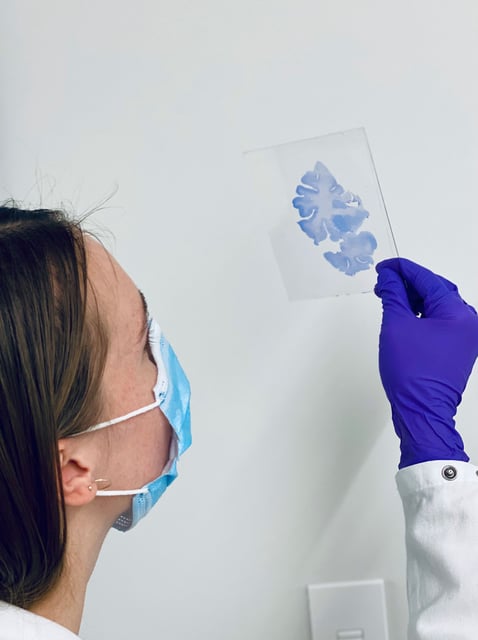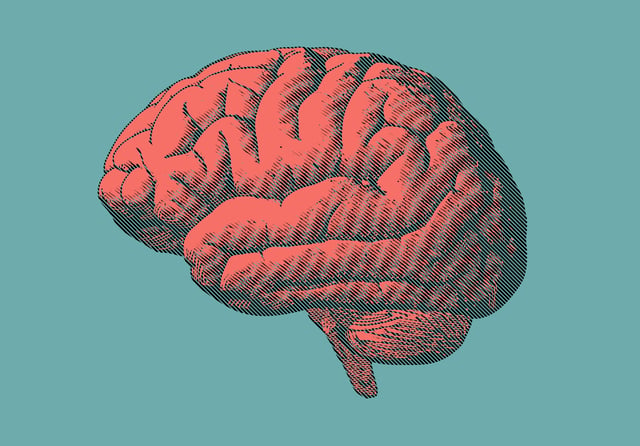Overview
- Since 2000, Northwestern’s SuperAging Program has enrolled 290 individuals over 80 whose memory rivals people at least 30 years younger and autopsied 77 donated brains.
- Imaging shows these SuperAgers maintain youthful brain morphology, with minimal cortical thinning and an unusually thick anterior cingulate cortex.
- Analysis reveals dual protective pathways: some individuals resist forming amyloid plaques and tau tangles, while others remain cognitively intact despite their presence.
- Cellular studies identify elevated von Economo neuron counts, larger entorhinal neurons, preserved cholinergic innervation and lower inflammatory microglia levels.
- The perspective calls for developing interventions that harness these neurobiological and cellular markers to bolster resistance and resilience against Alzheimer’s disease.



